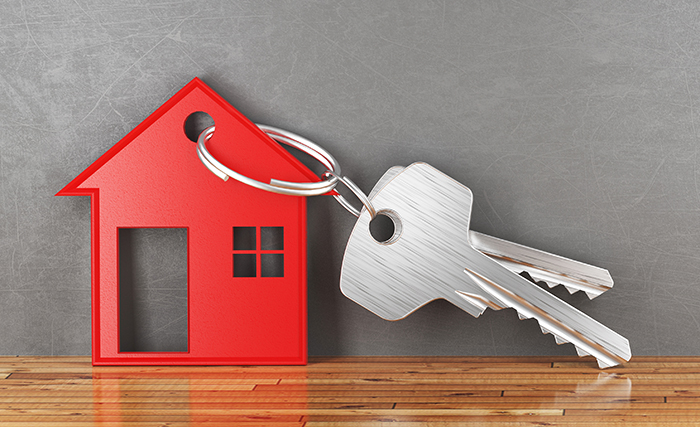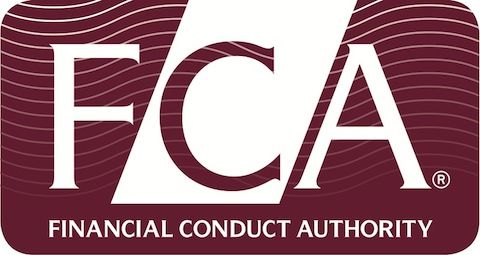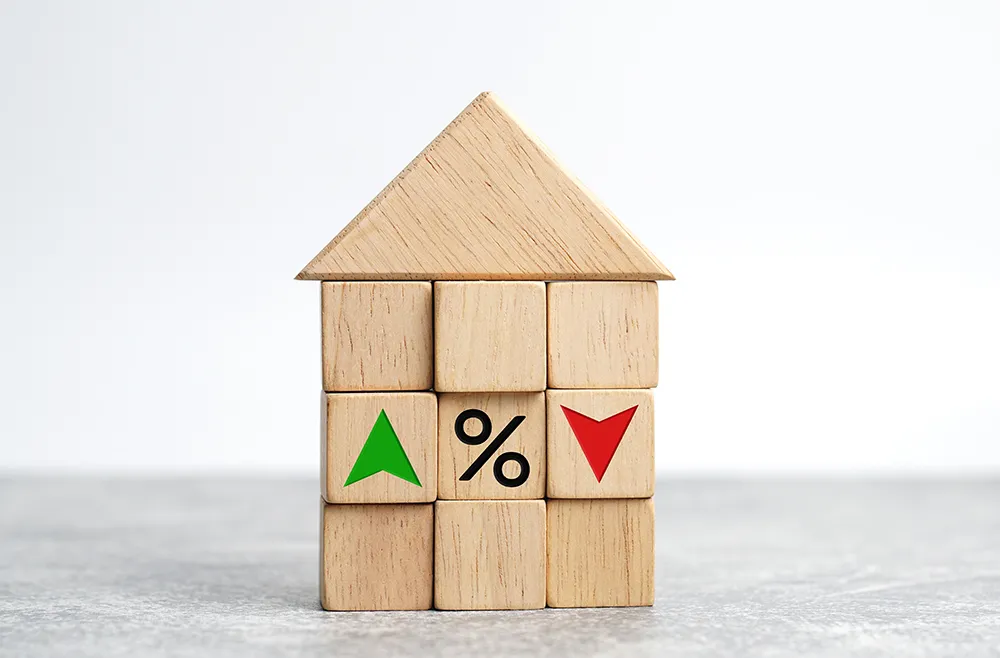
Homeowners receiving Support for Mortgage Interest loans fell by 12.3% to 12,444 in the UK in the quarter to August, according to the latest official data.
The amount of homeowners, and those in shared ownership schemes, claiming this benefit came down from 14,184 in the quarter to August 2021, says the Department for Work and Pensions.
The data comes after a meeting last month when Chancellor Jeremy Hunt sat down with major mortgage lenders and the Financial Conduct Authority, which left mortgage professionals saying they would like to have seen more agreed.
The government confirmed it would take action to make Support for Mortgage Interest easier to access as well as funding for the Money and Pensions Service to provide debt advice in England.
Also, lenders agreed that they would allow customers who are up to date with payments to switch to a new competitive mortgage deal without another affordability test and provide information to help customers plan ahead when their rate ends.
But following discussions at a December Lenders Live session hosted by Knowledge Bank, Atom bank head of intermediary lending – residential and commercial lending Paula Mercer said she would like to have seen “a minimum set of standards that all lenders would sign up to”.
The latest Support for Mortgage Interest numbers also follow former Chancellor Kwasi Kwarteng’s September mini-Budget, which accelerated already rising mortgage rates. Action taken by current Chancellor Jeremy Hunt in October and in the November Autumn Statement calmed markets, although home loans remain elevated.
This could see higher demand for support from struggling homeowners over the coming year.
Support for Mortgage Interest, launched in April 2018, is a loan from the Department of Work and Pensions to help homeowners pay towards the interest on their home loans.
Households need to be on such benefits as such, income-based Jobseeker’s Allowance, income-related Employment and Support Allowance, Income Support, Universal Credit or Pension Credit to receive the support.
The government loan is usually paid back once the homeowner sells the property.



